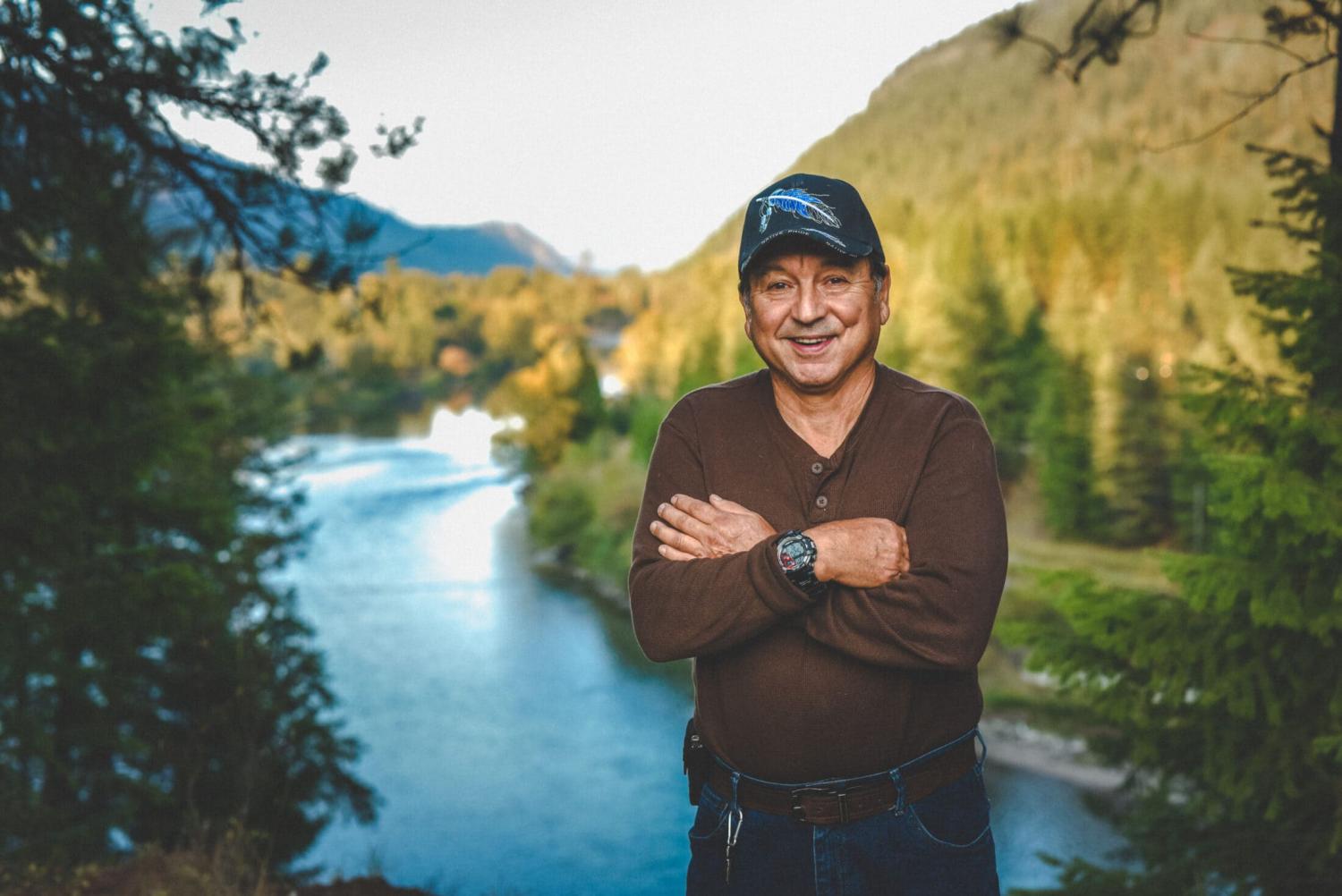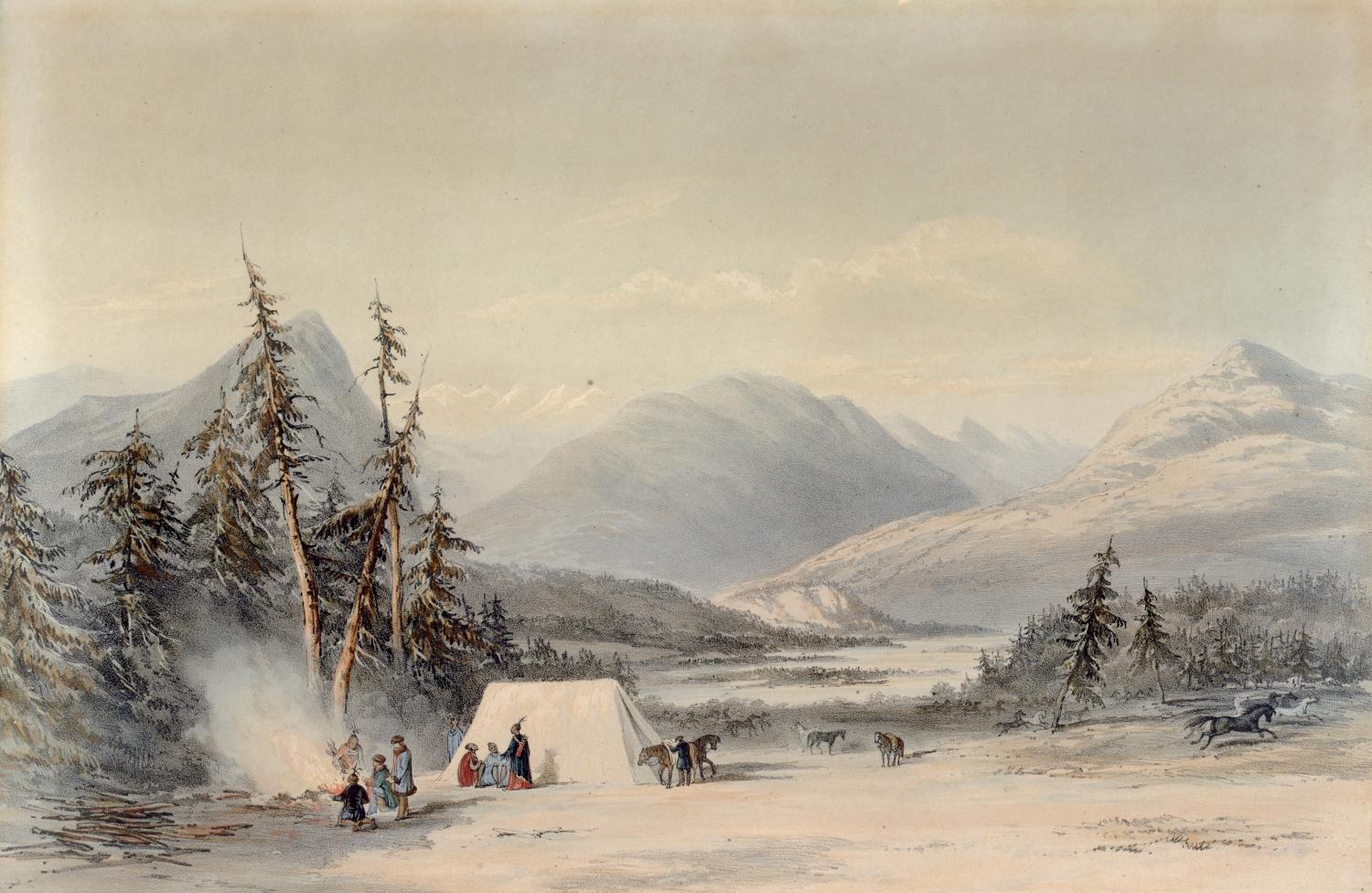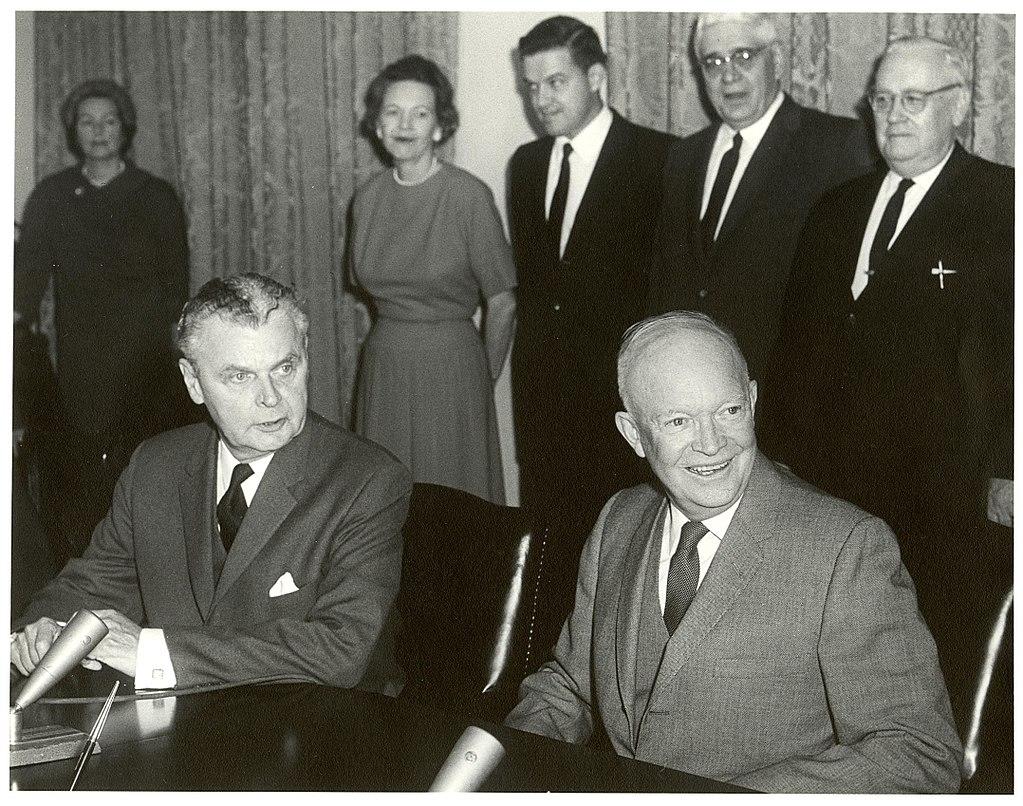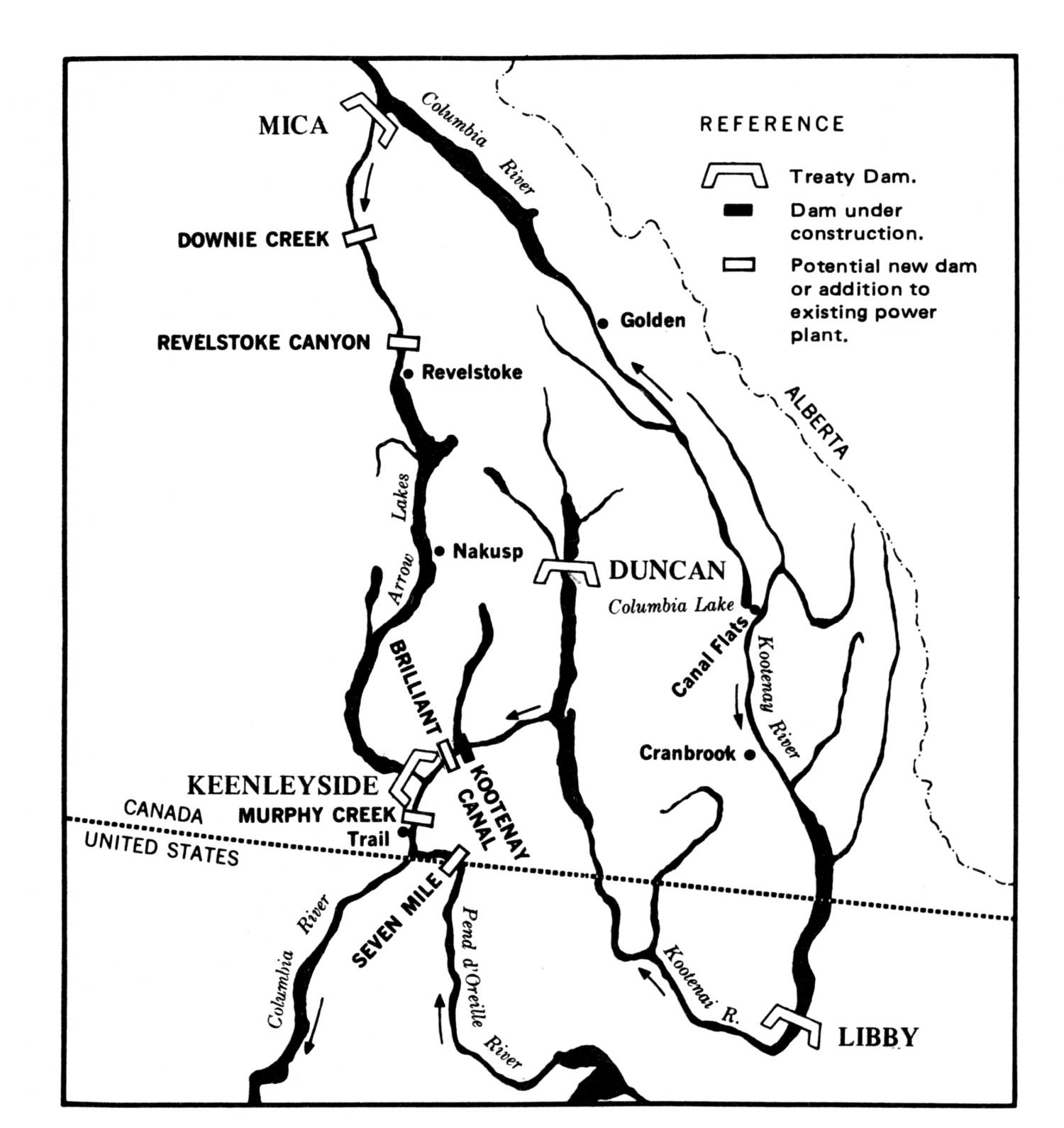Sinixt Nation Declared Extinct
A desire for dams coincides with a dubious designation
Date: 1956
Annie Joseph died in 1953. As the last legally recognized member of the Sinixt Nation in Canada, her death was notable. Three years later, the country officially declared the Sinixt First Nation to be extinct. But Joseph, it turns out, was not the last living member of her nation. Indeed, thousands of her people were alive and well and, if asked, would object to being called "extinct."
The Sinixt, or the Lakes people, have historically lived in the interior of the Pacific Northwest. Their traditional lands run from north of Revelstoke down to modern-day Washington state, along the headwaters of the "shwan-etk-qwa," or Columbia River. It was an area that was largely spared from white settlement until the late 1800s. That changed in 1891, when silver deposits were discovered. Within a few years, mines and boomtowns had replaced forest and Sinixt villages — often through violent means and without any negotiations or regard for Indigenous land rights. Forced from most of their land, some Sinixt relocated to other areas of British Columbia, while many headed south of the border to the Colville Indian Reservation in northeastern Washington state.
Decades passed, and Canada fought two world wars. B.C. had changed in that span of time, becoming an industrialized economic hub. By the 1940s, both the United States and Canada had their eyes on developing the Columbia River — specifically regulating water flow and generating hydropower through the construction of dams. Such structures had already been built along the Columbia River Basin — at times flooding traditional Sinixt burial grounds — but the two countries had further ambitions. By 1961, after a year of negotiations, they each signed the Columbia River Treaty. Canada would build three more dams along the Columbia, while the U.S. constructed another in Montana.
In the years since the treaty was finalized, the Sinixt have prioritized the preservation of their archaeological sites. In 1989, they led a blockade in Vallican, a small settlement in B.C.'s Slocan Valley, to protect what was left of a Sinixt village and burial grounds from a road being built. In 1990, they became the first Indigenous group in the province to repatriate, or successfully transfer, ancestral remains from a museum to their traditional territory. In total they have repatriated over 60 such remains.
Since 2017, their incongruous extinct status has been highlighted in a long-running court case brought forth by Richard Desautel. Desautel, a member of the Lakes Tribe in Colville, crossed the border in 2010 to hunt near Castlegar. This landed him in trouble with provincial officials, who charged him with hunting without a license. He argued that he was exercising his constitutional right to hunt in his people's traditional territory; the province argued that he was a foreigner. The courts sided with Desautel. After two appeals by the B.C. government over two years, his right to hunt was upheld.
The judicial back-and-forth reached some degree of finality on April 23, 2021, when the Supreme Court of Canada ruled that the 3,000 Sinixt based in the United States, and their compatriots in Canada of an unknown number, are not, in fact, extinct. "I did my happy dance for almost half an hour," Desautel told reporters after the decision. "I feel very gratified and very relieved that I'm not extinct."
Sources:
1. Allen, Robert. Rights of an 'Extinct' First Nation Upheld. Windspeaker.com, 3 May 2019, windspeaker.com/index.php/news/windspeaker-news/rights-extinct-first-nation-upheld.
2. Brend, Yvette. Sinixt First Nation's Fight for Existence Expected to Be a Long Battle. CBC News, 29 Nov. 2016, www.cbc.ca/news/canada/british-columbia/sinixt-first-nation-extict-court-treaty-rights-1.3872459.
3. Cominco History. Rossland Museum & Discovery Centre, www.rosslandmuseum.ca/cominco.
4. Dangerfield, Katie. Canada Declared the Sinixt First Nation Extinct 6 Decades Ago - but Its People Are Still Alive. Global News, 9 May 2019, globalnews.ca/news/5235936/sinixt-first-nation-declared-extinct-canada/.
5. History: Columbia River Treaty. Government of British Columbia, engage.gov.bc.ca/columbiarivertreaty/history/.
6. Pryce, Paula. #406 The Sinixt Are Not Extinct (A Review of Not Extinct: Keeping the Sinixt Way by Marilyn James and Taress Alexis). BC Booklook, 24 Oct. 2018, bcbooklook.com/406-the-sinixt-are-not-extinct/.
7. Stefanovich, Olivia. Sinixt Indigenous Nation Not 'Extinct' in Canada, Supreme Court Rules. CBC News, 23 Apr. 2021, www.cbc.ca/news/politics/supreme-court-of-canada-desautel-sinixt-ruling-1.5998062.
8. Wonders, Karen. “Sinixt.” Land Rights and Environmentalism in British Columbia, www.firstnations.de/invasion/sinixt.htm.





